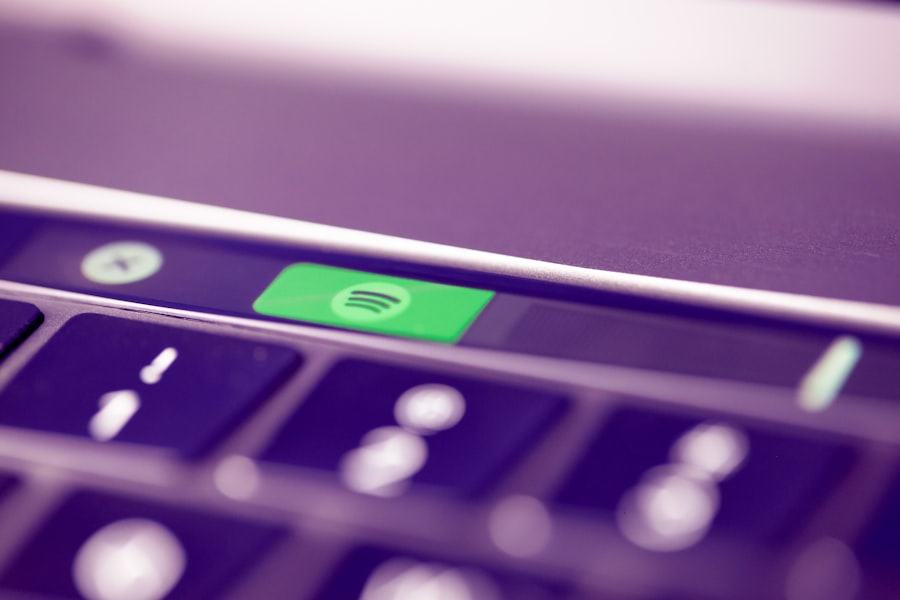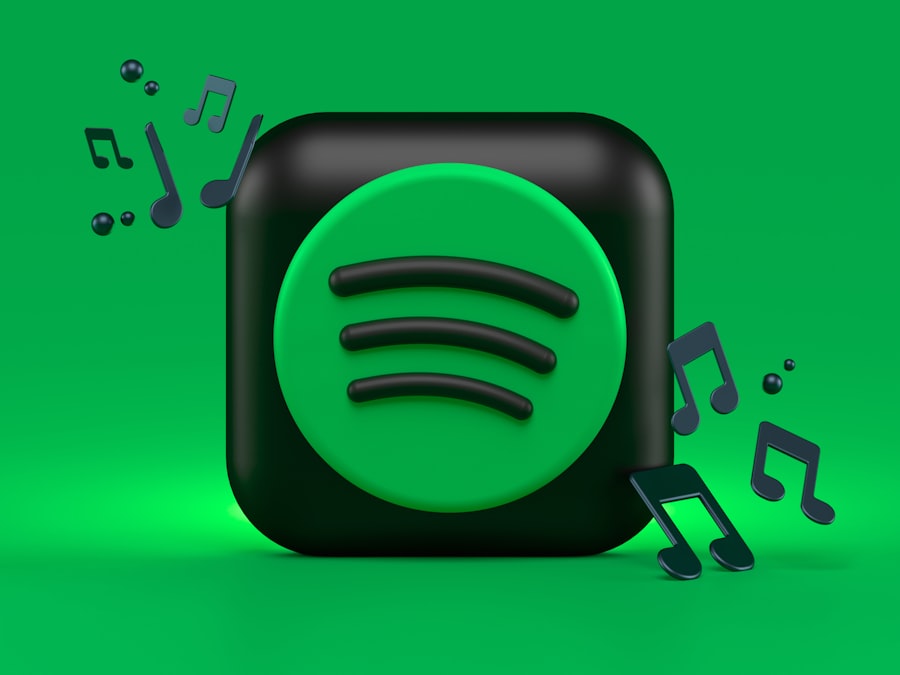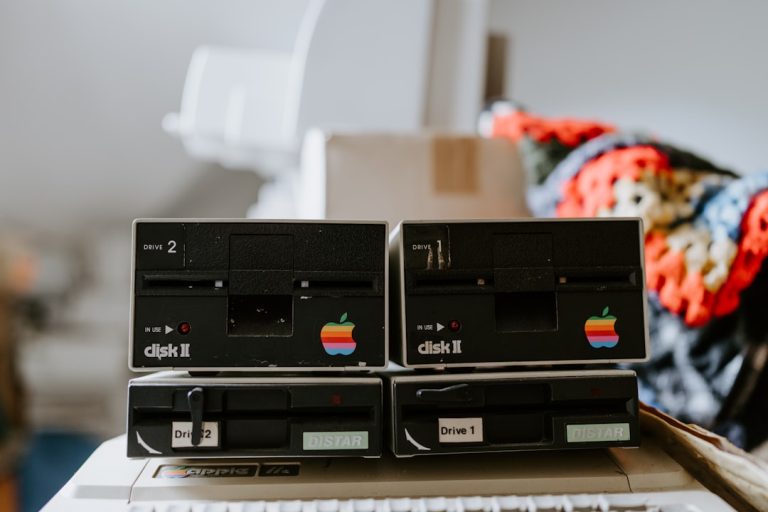
The landscape of music consumption has undergone a seismic shift over the past two decades, primarily driven by the advent of digital technology and the internet. Music streaming has emerged as the dominant mode of listening, eclipsing traditional formats such as CDs and vinyl records. This transformation is not merely a change in how music is delivered; it represents a fundamental rethinking of how artists connect with their audiences, how listeners discover new sounds, and how the industry itself operates.
The proliferation of smartphones and high-speed internet has made music more accessible than ever, allowing users to carry vast libraries of songs in their pockets. As we delve into the current trends shaping the music streaming industry, it becomes evident that these changes are not just technological but also cultural, influencing everything from artist promotion to listener engagement. In this dynamic environment, several key trends have emerged that are reshaping the music streaming landscape.
Subscription-based services have gained immense popularity, offering users ad-free experiences and exclusive content. Artificial intelligence is playing a pivotal role in curating personalized playlists, while social media platforms are becoming essential tools for music discovery. Additionally, the demand for high-resolution audio is on the rise, reflecting a growing appreciation for sound quality among audiophiles.
Data analytics is increasingly being utilized to enhance user experiences, and live streaming concerts have become a viable alternative to traditional performances. As we explore these trends in detail, we will uncover how they are interlinked and what they signify for the future of music consumption.
Key Takeaways
- Music streaming continues to grow in popularity, with subscription-based services leading the way.
- Artificial intelligence is revolutionizing music recommendations, providing personalized experiences for listeners.
- Social media plays a significant role in music discovery, allowing artists to connect with fans and reach new audiences.
- High-resolution audio streaming is becoming more prevalent, offering better sound quality for music enthusiasts.
- Data analytics is shaping personalized music experiences, allowing for targeted recommendations and curated playlists.
The Rise of Subscription-Based Services
The transition from ownership to access has been one of the most significant developments in the music industry, with subscription-based services leading the charge. Platforms like Spotify, Apple Music, and Amazon Music Unlimited have revolutionized how listeners engage with music by offering vast libraries of songs for a monthly fee. This model not only provides users with unlimited access to millions of tracks but also eliminates the need for physical media, which has become increasingly obsolete in the digital age.
The convenience of having an entire music library at one’s fingertips has proven irresistible to consumers, resulting in millions of subscribers worldwide. Moreover, subscription services have introduced innovative features that enhance user experience. Curated playlists, algorithm-driven recommendations, and exclusive content such as artist interviews and live sessions have become staples of these platforms.
For instance, Spotify’s “Discover Weekly” playlist uses sophisticated algorithms to analyze listening habits and suggest new music tailored to individual tastes. This personalization fosters a deeper connection between listeners and artists, as users are more likely to explore new genres and discover emerging talent. The success of subscription-based models has also prompted traditional record labels to rethink their strategies, leading to new partnerships and collaborations that prioritize streaming over physical sales.
The Impact of Artificial Intelligence on Music Recommendations

Artificial intelligence (AI) has emerged as a game-changer in the realm of music recommendations, fundamentally altering how listeners discover new tracks and artists.
This data-driven approach allows services like Pandora and Spotify to create highly personalized playlists that resonate with individual users.
For example, Spotify’s AI-driven recommendation engine not only suggests songs based on past listening habits but also considers factors such as time of day and mood, resulting in a more tailored listening experience. The implications of AI extend beyond mere recommendations; they also influence the creative process itself. Artists can utilize AI tools to analyze trends in listener preferences and adapt their music accordingly.
For instance, platforms like Amper Music allow musicians to create original compositions using AI algorithms that understand popular musical structures and styles. This intersection of technology and creativity opens up new avenues for artistic expression while simultaneously catering to audience demands. As AI continues to evolve, its role in shaping music consumption will likely expand further, leading to even more sophisticated recommendation systems that enhance user engagement.
The Influence of Social Media on Music Discovery
| Platform | Percentage of Users | Impact on Music Discovery |
|---|---|---|
| 68% | High | |
| 59% | High | |
| 42% | Medium | |
| YouTube | 87% | High |
| Spotify | 73% | High |
Social media has become an indispensable tool for music discovery in the digital age, transforming how artists promote their work and how fans engage with their favorite musicians. Platforms like TikTok, Instagram, and Twitter have created new avenues for artists to reach audiences directly, bypassing traditional gatekeepers such as radio stations and record labels. Viral challenges on TikTok often propel songs into mainstream consciousness overnight, demonstrating the power of social media in shaping musical trends.
For example, Lil Nas X’s “Old Town Road” gained immense popularity largely due to its viral success on TikTok before it topped the Billboard charts. Moreover, social media allows for real-time interaction between artists and fans, fostering a sense of community that was previously unattainable. Musicians can share behind-the-scenes content, engage in live Q&A sessions, and even collaborate with fans on creative projects.
This direct line of communication not only enhances fan loyalty but also provides artists with immediate feedback on their work. As social media continues to evolve, its influence on music discovery will likely grow stronger, creating new opportunities for both established and emerging artists to connect with audiences worldwide.
The Shift Towards High-Resolution Audio Streaming
As technology advances, so too does the demand for higher quality audio experiences among listeners. The shift towards high-resolution audio streaming reflects a growing appreciation for sound fidelity that transcends the limitations of standard streaming formats. Services like Tidal and Qobuz have capitalized on this trend by offering lossless audio streaming options that deliver studio-quality sound to discerning audiophiles.
This movement is not merely about technical specifications; it represents a cultural shift towards valuing the artistry behind music production. High-resolution audio streaming appeals particularly to those who invest in quality sound systems or high-end headphones, allowing them to experience music as intended by the artists and producers. The resurgence of vinyl records has also contributed to this trend, as many listeners seek out richer soundscapes that digital formats often fail to capture.
Furthermore, as more artists embrace high-resolution formats for their releases, consumers are increasingly willing to pay a premium for superior audio quality. This shift indicates a broader recognition of music as an art form deserving of meticulous attention to detail in its presentation.
The Role of Data Analytics in Personalized Music Experiences

Data analytics plays a crucial role in shaping personalized music experiences across streaming platforms. By collecting and analyzing user data—ranging from listening habits to demographic information—services can create tailored experiences that resonate with individual preferences. This level of personalization enhances user satisfaction and encourages longer engagement with the platform.
For instance, platforms like Spotify utilize data analytics not only for song recommendations but also for curating playlists that align with specific moods or activities, such as workout playlists or relaxing evening sounds. Moreover, data analytics extends beyond user experience; it also informs marketing strategies for artists and labels. By understanding listener demographics and preferences, record labels can target specific audiences more effectively when promoting new releases or concert tours.
This data-driven approach allows for more efficient allocation of marketing resources and can significantly impact an artist’s success in reaching potential fans. As data analytics continues to evolve, its integration into the music streaming ecosystem will likely deepen, leading to even more refined personalization techniques that enhance both listener engagement and artist visibility.
The Emergence of Live Streaming Concerts and Events
The COVID-19 pandemic accelerated the adoption of live streaming concerts and events as traditional venues faced restrictions on gatherings. Artists turned to platforms like YouTube Live, Twitch, and Instagram Live to connect with fans in real-time while providing an alternative means of experiencing live music. These virtual concerts not only allowed artists to maintain their connection with audiences during lockdowns but also opened up new revenue streams through ticket sales and merchandise purchases directly linked to online performances.
Live streaming concerts have also democratized access to live music experiences by eliminating geographical barriers. Fans from around the world can now attend performances by their favorite artists without the constraints of travel or ticket availability at physical venues. This shift has led to innovative formats such as virtual festivals that feature multiple artists performing across various stages simultaneously—an experience that would be logistically challenging in a traditional setting.
As technology continues to improve, live streaming concerts are likely to become an integral part of the music industry landscape, offering unique opportunities for both artists and fans alike.
The Future of Music Streaming: Virtual Reality and 360-Degree Audio Experiences
Looking ahead, the future of music streaming is poised for further innovation with the integration of virtual reality (VR) and 360-degree audio experiences. These technologies promise to transform how listeners engage with music by creating immersive environments that replicate live performances or allow users to explore virtual concert venues from the comfort of their homes. Companies like Oculus are already experimenting with VR concerts that enable fans to feel as though they are part of an audience while interacting with other attendees in a virtual space.
360-degree audio technology enhances this experience by providing spatial sound that mimics real-life acoustics, allowing listeners to perceive sound from various directions as if they were physically present at a concert.
As these technologies become more accessible and affordable, they hold the potential to revolutionize the music streaming industry by offering unprecedented ways for fans to connect with their favorite artists and enjoy live performances like never before.
In conclusion, the evolution of music streaming is marked by significant trends that reflect broader cultural shifts in how we consume art. From subscription-based services reshaping access models to AI-driven recommendations enhancing personalization, each development contributes to a richer musical landscape that continues to evolve alongside technological advancements. As we look toward the future, it is clear that innovation will remain at the forefront of this industry, promising exciting possibilities for both artists and listeners alike.
If you’re interested in learning more about the future of music streaming, you may want to check out the article “Hello World” on the Sersea Media blog. This article discusses the latest trends and innovations in the music streaming industry, offering insights into how technology is shaping the way we consume music. To read more, visit


